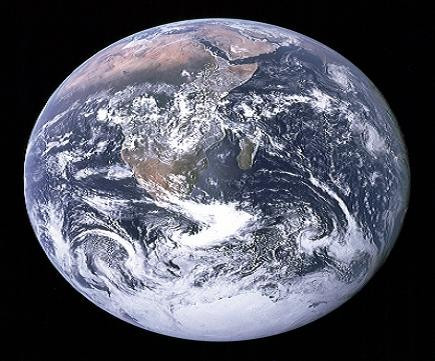Satellite Debris Landed in the Pacific Ocean, says NASA

NASA has finally revealed where the UARS satellite landed when it fell back into Earth last Friday - in the Pacific Ocean just 300 miles away from Christmas Island.
The news has come as a bit of a relief to scientists who have been tracking the progress of the satellite, who at one point feared that debris could land as far north-western as Canada.
While most of the craft burned up in the atmosphere, around 26 components weighing a total of around 1,200 pounds (544kg) would have survived re-entry and reached the Earth's surface.
Before its impact, NASA experts estimated a one-in-3,200 chance that a satellite part could hit someone.
Now the agency has released a statement to say that no people, structure or major landmass was hit as the craft fell back to earth at around 4am GMT on 24 September.
NASA orbital debris scientist Mark Matney commented: 'It's a relatively uninhabited portion of the world, very remote. This is certainly a good spot in terms of risk."
There were several variables such as the spacecraft's orientation at the moment of breakup and solar weather which meant that tracking the precise location of the satellite difficult.
"This was not an easy re-entry to predict because of the natural forces acting on the satellite as its orbit decayed," says said Nick Johnson, NASA's chief scientist for orbital debris.
"Space-faring nations around the world also were monitoring the satellite's descent in the last two hours and all the predictions were well within the range estimated by JSpOC."
UARS was launched just over 10 years ago to study various chemical components of the atmosphere. It ceased its scientific life in 2005.
© Copyright IBTimes 2024. All rights reserved.






